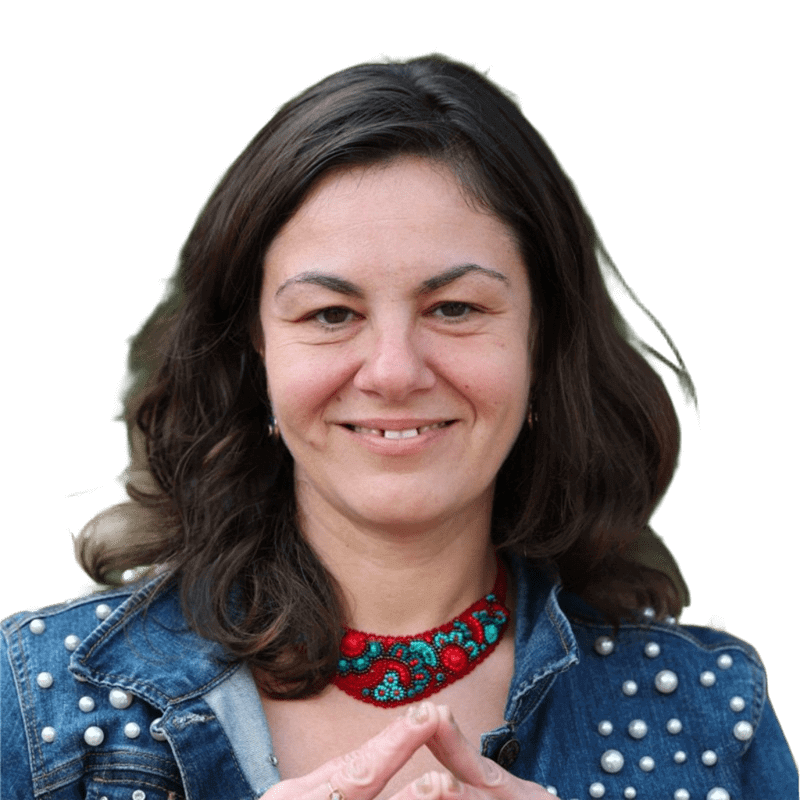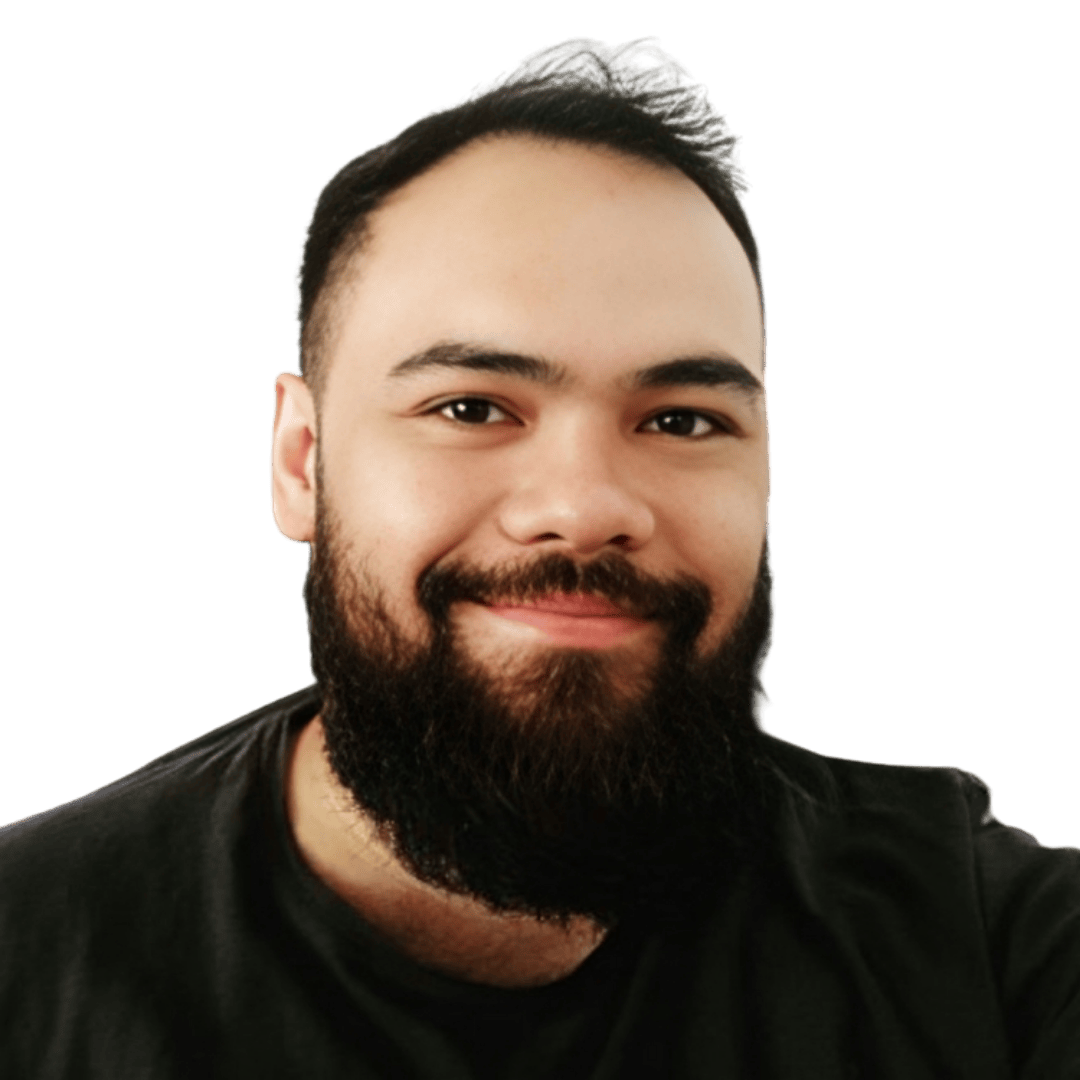💰 Refer us a customer, Earn $2,000 💰


Oana Breen
Company
Interactive Strength Inc.
Location
Santa Barbara, CA, United States
Bio
I turn organizational complexity into clarity, transforming companies from reactive to resilient. As a Strategic Operations and Transformation Executive, I help founders and leadership teams scale effectively, align strategy with execution, and build organizations that perform with purpose. My work bridges business operations, leadership strategy, and organizational psychology, ensuring that culture and performance move in lockstep. Whether leading through hypergrowth, M&A, or transformation, I design systems and frameworks that deliver measurable impact, enhancing agility, engagement, and accountability. I guide organizations through growth and change with calm precision and a deeply human approach.
I turn organizational complexity into clarity,...
description
Interactive Strength Inc. (NASDAQ: TRNR) has established a leading portfolio of premium fitness brands—Wattbike, CLMBR, and FORME—that combine advanced hardware, smart technology, and immersive content to deliver exceptional training experiences for both commercial and home use. Wattbike offers a range of high-performance indoor bikes that set the global standard in cycling. Known for unmatched accuracy, realistic ride feel, and advanced performance tracking, Wattbike is trusted by elite athletes, national teams, and fitness enthusiasts around the world.
Interactive Strength Inc. (NASDAQ: TRNR) has...
Follow the guest
Actionable Takeaways
Treat Culture as Dynamic, Not Static:
Oana rejects the traditional approach of defining culture once and hiring to fit that mold. Instead, she recognizes that every new hire brings their own history and "breathes their own spirit" into the organization, fundamentally shifting the culture. The framework requires daily intentionality rather than one-time strategic planning. This means moving from "here's our culture, fit into it" to "here's our core values, how will we evolve together?" During Interactive Strength's growth from 15 to 100 employees, this approach prevented cultural rigidity while maintaining values alignment. People leaders should audit their culture quarterly, asking "how has our culture evolved with our new hires?" rather than "are people fitting our culture?"
Use Customer Data as Talent Performance Metrics:
Oana distinguishes between passive listening and "Listening with a capital L" - a structured approach to understanding organizational needs through strategic questioning. The framework involves asking different questions based on company stage: in startups, focus on "who are we, where do we want to be, what kind of company do we want to be?" In established companies, shift to "where are we, where do we want to be, why do we need to shape culture differently?" This extends beyond organizational level to departments, verticals, and individual growth aspirations. The key is asking questions designed to uncover core truths, not surface-level answers. People leaders should create question frameworks for each organizational level and train themselves to listen for underlying meaning, not just stated responses.
Evaluate HR Tech Through the Mid-Market Lens:
Oana identified a critical gap in the HR technology market: most solutions target either small companies or large enterprises, leaving 100-person companies underserved. Her evaluation framework asks two essential questions: "What is the ROI?" and "What is my personal time and energy investment to adopt this tool?" She assesses whether solutions are out-of-the-box or require extensive customization, how well they address specific needs without modification, and implementation timelines. This prevents investing in enterprise solutions that require massive customization or small-company tools that can't scale. People leaders at mid-market companies should explicitly ask vendors "how many 100-person companies use this successfully?" and request implementation timelines before demos.
Build International Teams Only With Cultural Immersion:
Oana draws a sharp distinction between hiring internationally to serve international markets versus hiring globally to reduce costs for US operations. For international expansion, she considers it "imperative" to hire locally, warning that companies make "huge mistakes" when they expand without immersing themselves in local culture and understanding legal implications. However, when hiring internationally to serve US markets, people leaders must actively work to include remote team members in company culture and prevent comfort gaps on either side. The framework requires intentional cultural integration efforts, not just assuming remote workers will adapt. People leaders expanding internationally should hire local cultural consultants and legal experts before making first hires, while those building distributed teams should create explicit integration programs for international team members.
Limit AI in Recruiting to Preserve Human Connection:
While acknowledging AI's operational benefits, Oana argues the world "is not ready" for AI-driven recruiting because it "excludes the human factor too much." Her reasoning: AI can identify a technically perfect trainer who gets terrible customer feedback, while filtering out candidates who excel with human customers. She notes AI bypasses talented people who don't know how to tailor their experience for algorithmic review. In people operations, this translates to using AI for operational streamlining but maintaining human judgment for culture fit and customer-facing roles. People leaders should implement AI for resume screening and scheduling but require human evaluation for final hiring decisions, especially in roles requiring emotional intelligence or customer connection.
Design People Operations Around Belonging, Not Just Operations:
Oana's final principle challenges people leaders to remember that "Human Resources" became "People Department" for a reason. She warns that when HR focuses solely on operations, it misses "the whole point of why the company's greatest asset is the people." She emphasizes humans' fundamental need to belong, connect, and feel immersed in company culture. This means building people operations that prioritize belonging alongside operational efficiency, making HR visible and accessible rather than purely back-office. During scaling, this prevents reducing people work to transactional processes. People leaders should audit their time allocation between operational tasks and belonging-focused initiatives, ensuring at least 30% of efforts directly serve connection and inclusion rather than pure operational needs.
Conversation Highlights
In this episode of Heart of The Brand, host Roman Kirsch interviews Oana Breen, Director of People Operations and Culture at Interactive Strength. Interactive Strength scaled from 15 to 100 employees in four years while navigating the unique challenge of building culture across two distinct workforces: corporate teams and customer-facing personal trainers. Oana’s approach centers on a counterintuitive insight: culture must evolve with every new hire, not remain static. With a master’s degree in organizational culture and leadership, she brings a rare academic foundation to startup people operations, focusing on intentional culture evolution rather than rigid culture preservation. Her framework uses customer feedback as a direct input for talent decisions, creating a measurable connection between hiring choices and business outcomes that most people leaders overlook.
Topics Discussed
- Building intentional culture evolution frameworks that allow strategic change while maintaining core values during hypergrowth
- Scaling people operations from 15 to 100 employees while managing two distinct talent pools with different success metrics
- Using customer feedback data as primary input for talent acquisition and performance evaluation in service-based businesses
- Evaluating mid-market HR technology solutions and calculating ROI on people operations tools for 100-person companies
- Managing cultural integration when hiring internationally versus building globally distributed teams for US-based operations
- Implementing listening frameworks that uncover organizational needs across departments, verticals, and individual growth trajectories
- Balancing AI automation in recruiting while preserving human judgment for culture fit and customer-facing roles
- Designing talent acquisition processes that serve diverse customer bases without creating discriminatory hiring practices






